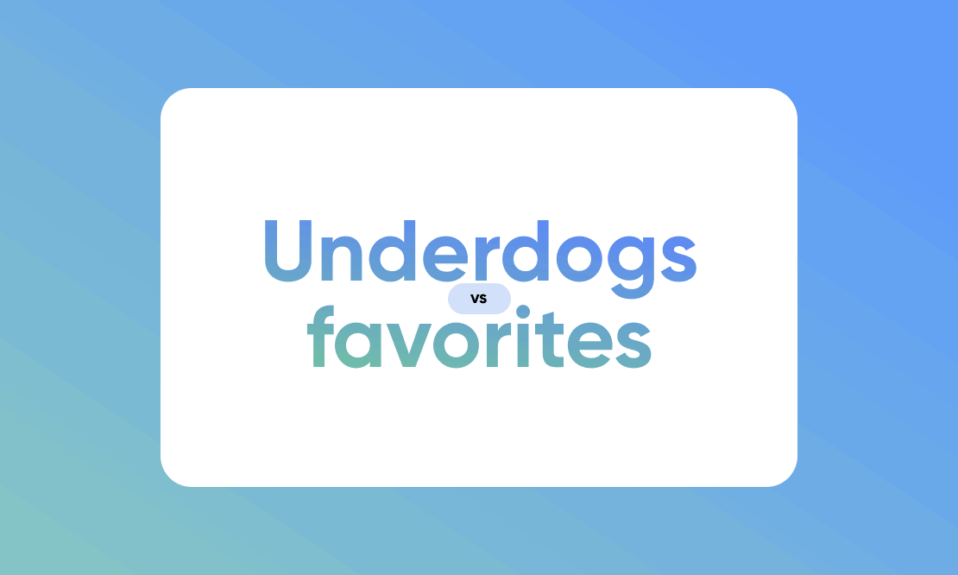
Esports is a newer industry that’s always innovating and creating new trends. Just like the patches developers deploy on video games, esports is always facing new challenges and exciting changes. If you are trying to keep up with the latest esports trends, here are some of the biggest ones that will shape how fans are consuming esports in 2024.
Fighting Games KO The Competition
Some of the largest esports scenes have consistently been Dota 2, League of Legends, and Counter-Strike. But there’s one genre of esports that has continued to rise in popularity and recently saw a massive spike in 2024: Fighting games. The FGC has seen massive growth thanks to new titles like Street Fighter 6, Tekken 8 and the highly-anticipated 2XKO.
Once seen as underground and niche esports, fighting game tournaments and series have continued to grow. The Tekken World Tour has just begun, boasting new in-game mechanics and new ways to earn points and qualify for bigger tourneys. There are plenty of master-level events with thousands of dollars on the line.

But what has many fighting game fans hopeful that the scene will become even more mainstream this year is Riot’s 2v2 fighter 2XKO. This dynamic and complex fighting game looks exciting (and the demo I played is definitely promising), but the real game changer is that Riot will become involved in the FGC.
Riot has continued to prove its prowess on the esports side of gaming, with League of Legends and VALORANT continuing to dominate in views and engagement. As Riot supports the 2XKO scene, we expect to see more eyes on fighting esports than ever before.
Government Investment in Esports
As esports of all kinds continue to grow in popularity and are beginning to generate sizeable revenues, governments all over the world are showing their support for the industry. For example, as VALORANT became permitted in China, it immediately became the home of Masters Shanghai, one of the most prestigious events in the yearly VALORANT tournament circuit. It seems like China has deemed VALORANT and other esports as a way to impact their public perception and tourist revenue in a positive way.
However, this isn’t China’s first big decision to get more involved with esports. In the spring of 2023, China and Russia announced that the two countries wanted to create international esports events as part of a bigger sports mission. The statement was signed by Vladimir Putin and Xi Jinping in Moscow.
It read in part: “China will support Russia in hosting International esports event ‘Future Games’ in Kazan, Russia, in 2024. Both sides object to politicizing in sports, and hopes sports can promote peace and unity.”
Earlier this year, Saudi Arabia invested $120 million in the esports industry as well. The National Development Fund and the Social Development Bank teamed up to establish two venture capital funds to boost the country’s esports scene. Saudi Arabia reportedly sees esports as a way to lead and potentially dominate a significant part of the entertainment industry. This has resulted in a lot of tournaments held in the country with millions on the line, as well as the Esports World Cup.
Esports Titles Join Forces to Go Mainstream
Within the esports industry, you’ll often get the vibe that all of the titles are quite disjointed. They all have their own seasons, schedules, teams, fanbase, and memes. A Dota 2 viewer would most likely not even get the jokes and discussions happening over on the Apex Legends esports Reddit — they’re completely separate esports scenes.
To make esports less niche in the grand scheme of entertainment, there has been a lot of talk of larger tournaments that bring every major title together. The most biggest one has been the Esports World Cup, held in Saudi Arabia in the summer of 2024.
Reads the official site: “To push esports forward, we are eliminating ecosystem fragmentation and providing a centralized platform for the world’s leading games and the best esports athletes, while introducing a novel approach to set the global standard for what it means to be an esports champion.”
The Esports World Cup will feature all of the biggest competitive games and even bigger prizes in an attempt to entice the most talented teams and players to attend the event. This is a way for investors to get involved in the larger esports scene without having to pick specific tournaments and titles.
It’s unclear if hardcore esports viewers will find the Esports World Cup as valid as individual esports circuits so it will be interesting to see how it will be received by fans.
Data, Betting and Infrastructure Trends in Esports
While these are the main trends for 2024, there are a few trends Abios has identified on the technical and product side of things.
Improved Viewership Experiences
Esports viewership is dominated by Twitch, where major tournament organisers stream their content on official broadcast channels. Nonetheless, we’re seeing innovation in the esports viewership experience.
Most notably, BLAST has added an AI prediction tool to its broadcasts, co-streaming has become increasingly prevalent, and FaceIT WATCH has added POV streams. This allows users to choose which player’s point of view they will watch the match from.
Innovation in Esports Betting Product Features
With the esports ecosystem maturing, the data availability and granularity have increased. That means esports betting products can perform better, enabling product features such as bet builders and instant markets that have seen success in traditional sports.
As esports betting products become comparable to those for traditional sports, the industry can innovate and create new solutions banking on the digital nature of esports.
All eyes on Brazil
Of all the countries in the world, few have a more vibrant fan culture than Brazil. That translates to esports as well. Whenever official Counter-Strike is played in Rio, arenas sell out, and fans show incredible engagement.
As the region matures and regulates online betting, esports is poised to be an interesting vertical to look out for to win over Brazilian fans.
Do you need data or predictions for your next esports project?
With a team of experienced esports enthusiasts, Abios delivers a data-driven product suite with statistics, data visualisations and odds to customers all over the globe. Whether you’re a search engine looking to showcase data, a team meaning to analyse results from the latest skirmish or a sportsbook looking to offer the next generation of markets, Abios has the tools and infrastructure needed to support your project at scale. Discover more today.








